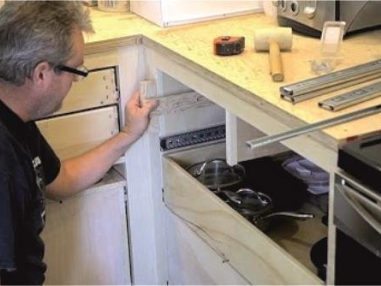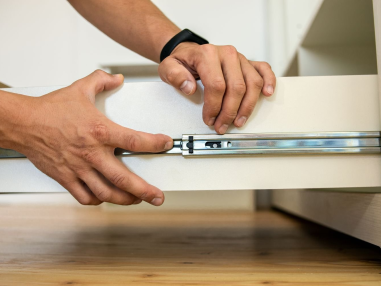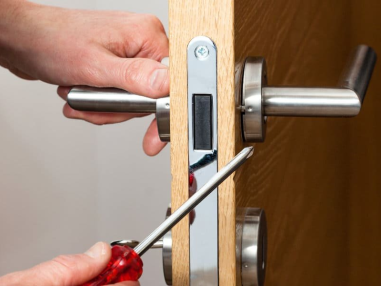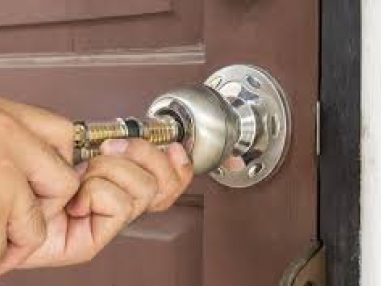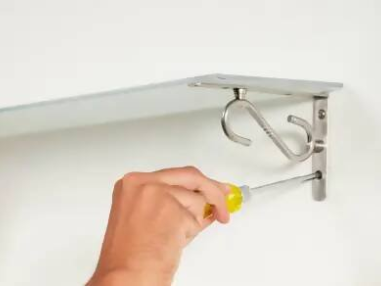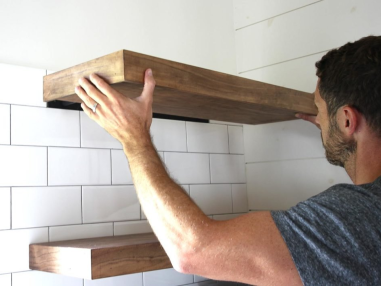

Replacing a lock can be a straightforward project for a DIY enthusiast, but it also depends on the specific lock and your comfort level. Here's a breakdown of both DIY and professional approaches:
DIY Lock Replacement:
If you're handy and have the right tools, replacing a lock on a pre-drilled door can be a manageable task. Here's what you'll need to consider:
Tools: You'll typically need a screwdriver (Phillips head or flathead depending on the lock), a tape measure, a pencil, and possibly a drill if the door isn't
already pre-drilled for the new lock.
Choosing the Right Lock:
Type: Decide on the type of lock you need (deadbolt, doorknob lock, etc.) based on security needs and desired functionality.
Backset: This is the distance between the center of the doorknob or lever and the center of the keyhole. Measure the backset of your existing lock (or the pre-
drilled holes) to ensure the new lock matches for proper alignment.
Door Thickness: Make sure the new lock is compatible with your door's thickness.
Replacement Process: (For detailed instructions, refer to your new lock's manual)
Disassemble Existing Lock: Remove screws holding the existing lockset on both sides of the door. Then take out the interior components like the latch and strike
plate.
Install the New Latch Assembly: If your new lock includes a latch, insert it through the hole on the door's edge and secure it with the provided screws.
Attach the Interior Handle/Knob: Slide the interior handle/knob onto the latch assembly's spindle (the metal rod running through the door). Secure it with screws.
Mount the Exterior Handle/Knob: Repeat step 3 for the exterior handle/knob, ensuring proper alignment with the interior handle and the strike plate location.
Install the Strike Plate: Line up the strike plate with the latch on the door frame and secure it with screws.
Tips:
If unsure about any step, consult the lock's instructions or online tutorials for visual guidance.
Take pictures or note measurements of the existing lockset before disassembly for easier reassembly if needed.
Seeking Professional Help:
While DIY lock replacement is an option, consider professional assistance if:
Door Requires Drilling: Drilling new holes into a door for lock installation can be tricky and requires precision. A professional locksmith can ensure proper
placement and avoid damaging the door.
Complex Lockset: Advanced locksets with additional features like electronic components or keyless entry might be best left to a professional for proper installation
and programming.
Security Concerns: If you have high-security needs or are unsure about the most suitable lock for your door, a professional locksmith can assess your situation and
recommend the best lock and installation approach.
Re-keying: If you're replacing a lock but want to use the same key for other locks in your home, a locksmith can re-key the existing locks to match the new one.
Additional Resources:
Online tutorials and videos can provide visual guidance for DIY lock replacement projects.
Hardware stores often have staff who can answer basic questions and help you choose the right lock for your needs.
Ultimately, the decision to replace a lock yourself or hire a professional depends on your comfort level, the complexity of the lock, and your security needs.

